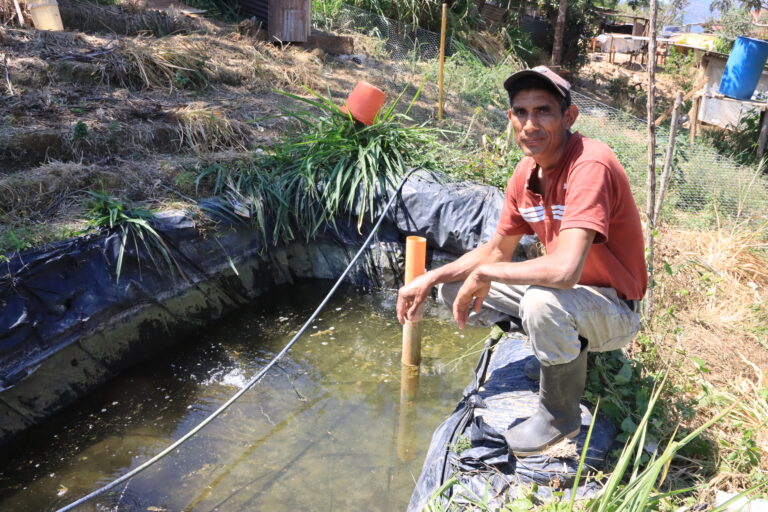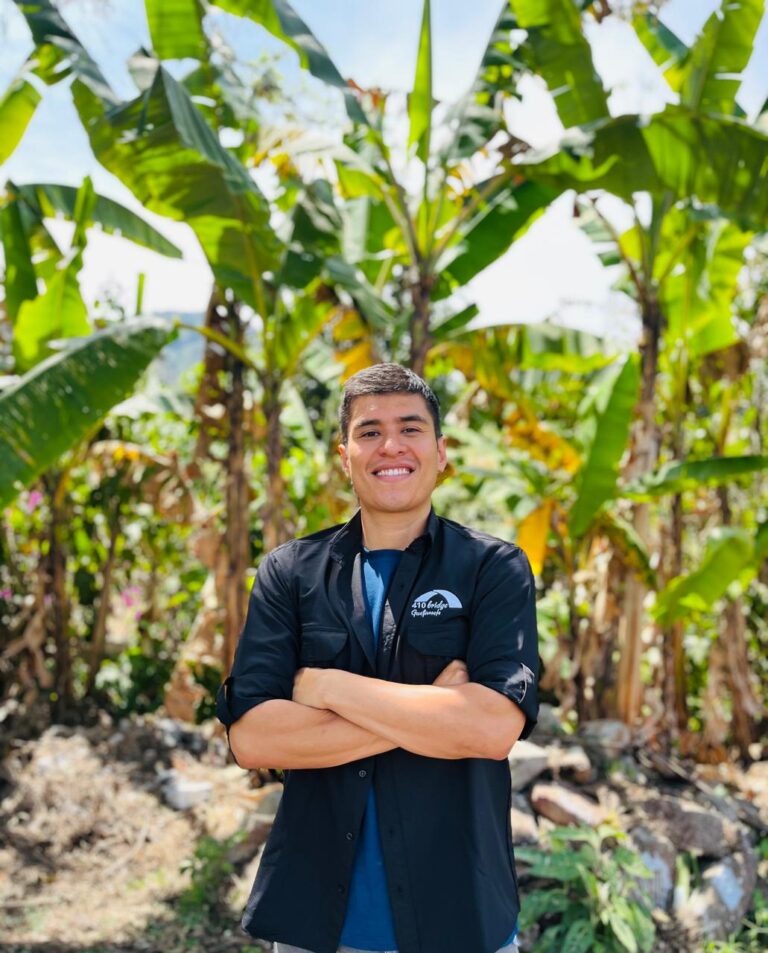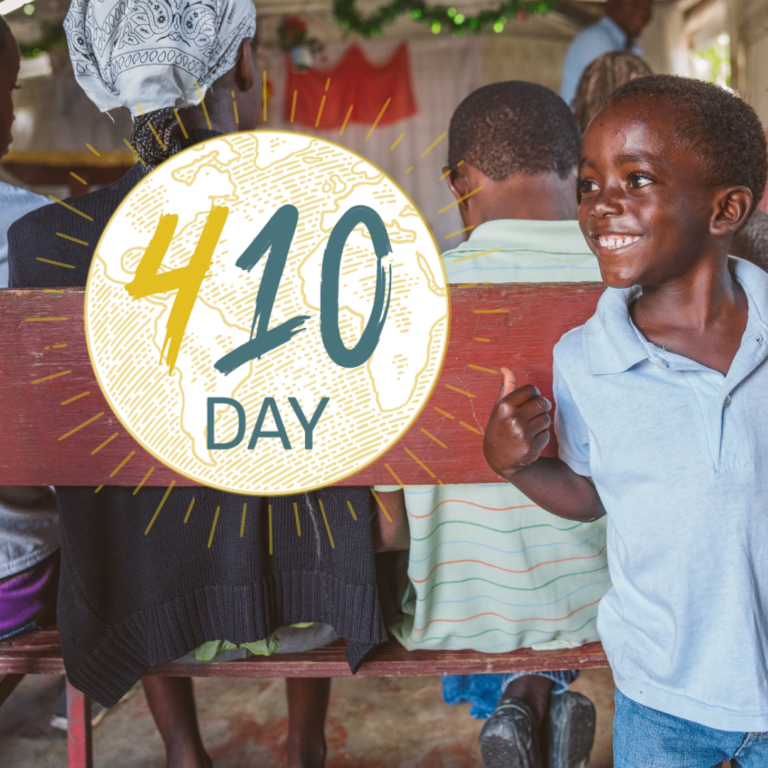An update from Kurt Kandler, Executive Director of The 410 Bridge:
[This update is lengthy and summarizes where we currently are and where we’re headed in southern Haiti. If you can’t read the whole update, I’d ask that you focus on the “Economic Development” section near the end. We’ve come to recognize the severe nature of the agriculture / livestock damage and the future impact on food security. Our strategy has evolved, therefore, in order to expedite assistance with agriculture, livestock, and economics.]
WHAT WE KNOW:
On 4 October, Hurricane Matthew violently struck Haiti resulting in the country’s largest humanitarian emergency since the 2010 earthquake. It caused extensive flooding and mudslides, damage to road infrastructure and buildings, as well as electricity and water shortages. The latest figures from the governmental Directorate of Civil Protection (DPC) of Haiti have so far confirmed 546 deaths and 438 injured as a result of the hurricane. (1)
Other reports have the death toll at greater than 1,000.
The 410 Bridge has been on the ground and in our communities since October 6th. Roads and bridges were destroyed such that we weren’t able to reach three of our communities until this past Wednesday.
Haiti-wide Statistics:(1)
- 894,000+ children are among the 2.1 million affected people.
- Nearly 112,500 children under five are at risk of acute malnutrition.
- 2,271 cholera cases suspected between 4-19 October alone.
- 806,000 people need urgent food assistance.
- 36 health facilities
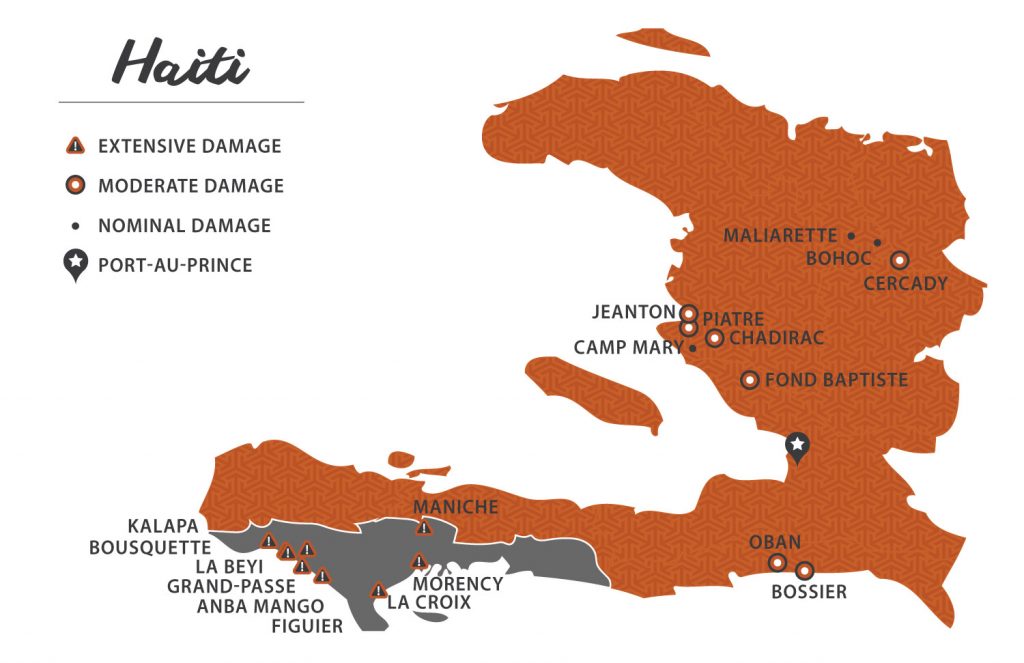
410 Bridge Communities Statistics:
- Nine (9) communities in the South were severely impacted.
- 50%-90% of the homes in these nine communities were destroyed or severely damaged.
- 50,000-60,000 people in 410 Bridge communities are displaced and/or living without shelter and in need of urgent food assistance.
- 60 deaths reported from the hurricane and cholera.
- 100% of 410 Bridge ‘network schools’ are not functional.
- 90% of the churches are severely damaged
WHAT WE ARE DOING:
Our focus the first week after the storm was on distributing as many supplies as possible directly to our communities. We leveraged our relationships with a network of mostly faith-based organizations to help distribute as much as possible, as quickly as possible.
Within days, most of the supplies that were in-country were gone. The warehouses were empty. James & our Haiti staff worked diligently to meet with major relief organizations to locate more supplies, but very little was available. The good news is that we are recognized as one of the few organizations in the South that can get relief to some of the hardest hit areas. The bad news is that the aid is just now coming in.
I returned from Haiti last Friday (10/21) after six (6) days on the ground. In my view, the major relief organizations continue to be slow in distributing aid to the people who need it most. We’re frustrated, of course, but over the past couple days we’ve had visibility to large shipments that are expected to arrive soon. James Ward, our Director of International Programs, will be on the ground again next week to secure the delivery of as many supplies as possible to our communities.
Our Relief & Restoration Strategy:
Relief Supplies:
Coordinate supplies from major relief organizations, through 410 Bridge Leadership Councils, directly to our communities. The focus is on immediate needs: food, medicine, water, and temporary shelter.
Safe Water:
Provide high-volume water treatment systems to six (6) communities, as well as individual water filtration and water purification tablets.
The water system in Morency was back on-line on October 8th. We’ve requested six (6) additional high-volume systems from our water partner. 30,000+ Aqua Tabs have been distributed. 2,000 individual water filtration solutions will be distributed with the ShelterKits (see below).
Another piece of good news is that the spread of cholera seems to be in-check in our communities; at least for now. Two cholera clinics – Doctors without Borders and Samaritans Purse – were created in the Kalapa-Figuier Corridor.
Temporary Shelter:
The Haitian government will not allow displaced people to live in tents. A lesson learned from the 2010 earthquake.
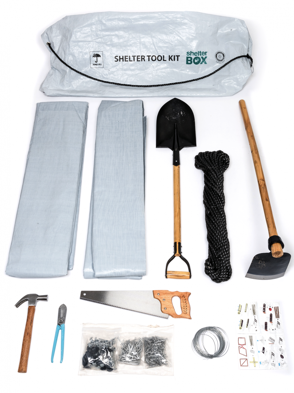
We were allocated 2,000 ShelterKits (above) by ShelterBox. They were expected last week, but unfortunately, they’re now not expected to be in-country until the end of the month. Another frustration for sure. When they arrive and clear customs, they will be distributed within 2-3 days. Our first non-medical relief team arrives next week and will be traveling to Figuier to focus on temporary shelters for the most vulnerable – widows, elderly, and handicapped.
Two more relief teams will arrive on the 31st. Their focus will be installation of ShelterKits assuming the kits arrive in time. If not, we will purchase basic building supplies – metal sheets, lumber, nails, tarps, etc. – and help repair as many homes as possible.
Relief Teams:
Two medical teams are on the ground now in Figuier and Morency. Another medical team will arrive Monday and travel to Maniche.
Three relief teams – focusing on construction and clean-up – will be on the ground beginning late next week.
Our Leadership Councils requested one relief team per week, per community. That means we have capacity for about 100 people per week. If you or your church are interested in mobilizing a relief team, we could use you. Email us at info@410bridge.org.
Schools:
All of our network schools are severely damaged and not functional. We secured 100 ShelterBox tents (below) that will be used as temporary classrooms. We have all the ShelterBoxes in warehouse in Les Cayes. They will be distributed to our schools as soon as the Leadership Councils can mobilize parents to return their children to school.
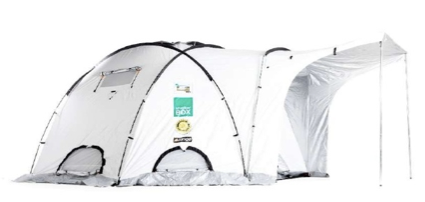
This is an important part of our strategy. Community leaders recognize the need to keep children on track with their education and get them back into a routine.
The problem, however, is more than classrooms. Many families lost everything. That includes clothes, school uniforms, books, and supplies. Those families have no capacity to pay school fees because they lost their crops and livestock.
The 410 Bridge is meeting this week to discuss the viability of adapting our child sponsorship resources to the immediate need of getting the children back in school. We’re also discussing temporary (6-12 month) sponsorship program specifically targeting education relief. Stay tuned for more details…
Economic Development:
This is an area that not many people, or organizations, are talking about. We, however, are very concerned about restoring economics as quickly as possible through agriculture, livestock and creating immediate business opportunity. Here’s why…
The southern peninsula is one of the primary agricultural producing regions in Haiti. Many of the farms in the South were washed away by the rising tides and the extreme flooding. This will have a significant impact on the indigenous food supply in 90-120 days. In addition, thousands of animals – chickens, goats, pigs and cows – perished in the storm. Much of Haiti depends on the agricultural production from the South.
Right now it’s the rainy season in southern Haiti. If farmers do not plant quickly (this week), they will miss the rains and they may miss out on an entire harvest. Therefore, within the next two days we are securing and distributing a variety of seeds. We are meeting with farmers in all nine communities to encourage them to plant within the week or risk having nothing to harvest in 90 days. We’re working with 2-3 agriculture ministries to get technical assistance and seeds.
On the livestock side, we’re focusing on chickens to start. We’re in the planning stage of an egg-producing initiative that will not only generate chickens and produce eggs, but will also secure a self-sustaining income almost immediately. Again more details coming soon.
Another important point here… We are mindful of the unintended consequence of relief & aid that is not short-lived. We are concerned that extended aid will undermine the development effort that was underway prior to the hurricane. By restoring economics quickly and allowing people to sustain themselves without the need for an extended handout, we believe we can stem the tide of dependency on foreign aid. …at least in 410 Bridge communities.
My visit this week reinforced what we already knew… Our Haitian friends in 410 Bridge communities are resilient and well-led. They’ve already begun the long and painful journey or clean-up and rebuilding. Our leaders are united and grateful to The 410 Bridge for being the first (and in some cases, the only) organization to help. Our heart and our strategy, as always, is to help our communities recover faster and return to the journey of development as quickly as possible.
On a personal note… I continue to be amazed and impressed by our staff in Haiti and here in the US. It’s hard work and long hours for so many. Everyone is up to that challenge and I’m grateful to all of them. The 410 Bridge is a nimble, results-oriented organization committed to Christ-centered, community-initiated development. For the next several months, our efforts in southern Haiti will be focused on relief & restoration, so that we can return to our community development work as soon as possible.
On behalf of our entire staff in Haiti, in the US, and especially in our communities, thank you for supporting our work. We have a long way to go…
(1) OCHA Haiti Situation Report #14 October 21, 2016
[x_button href=”https://410bridge.org/haiti-restoration/” ]Haiti Relief Updates[/x_button] [x_button href=”https://410bridge.org/HaitiRelief/” ]Donate To Haiti Relief[/x_button]
